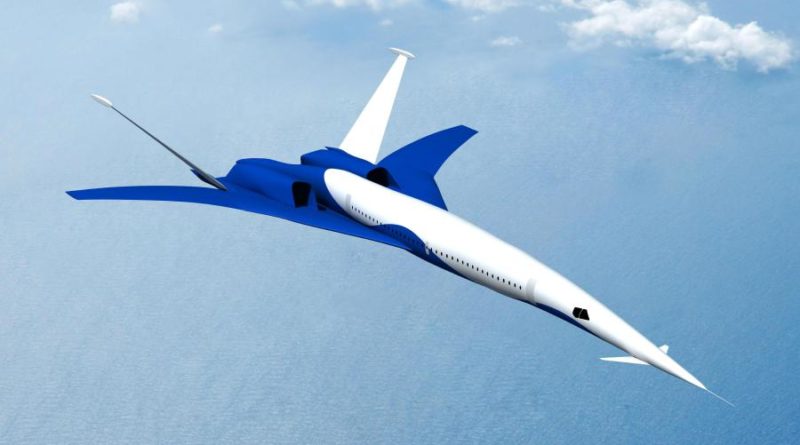China Successfully Tests First Hypersonic Aircraft
The aircraft is a flight vehicle that flies in the atmosphere and uses shockwaves generated by its own hypersonic flight with the air to glide at high speed. The aircraft,Xingkong-2, can carry both conventional and nuclear warheads. (Representative image)
Aug 06, 2018
China on Monday announced that it has successfully tested its first cutting-edge hypersonic aircraft which could carry nuclear warheads and penetrate any current generation anti-missile defence systems. The Xingkong-2 or Starry Sky-2, was launched in a target range located in Northwest China on Friday last, the state-run China Academy of Aerospace Aerodynamics (CAAA) said in a statement.
The United States and Russia have been carrying out similar experiments.
Launched in a rocket, China’s waverider was released in the air after about 10 minutes. It flew independently, made large-angle turning maneuvers, and landed in the targeted area as planned, the statement said.
The flight vehicle reached 30 kms in altitude at Mach 5.5-6, the statement quoted by the official media on Monday said.
The hypersonic aircraft was designed by the CAAA in collaboration with the China Aerospace Science and Technology Corporation.
Waverider is a flight vehicle that flies in the atmosphere and uses shockwaves generated by its own hypersonic flight with the air to glide at high speed, Song Zhongping, a military expert told state-run Global Times.
Various parameters were proved and the flight vehicle was fully recovered, which marks the successful launch of Xingkong-2 and the first flight of a Chinese waverider, the statement said.
“Announcing the successful test to the public indicates that China must have already made a technological breakthrough with the weapon,” Song said.
The waverider is expected to be tested more frequently in future before being handed over for deployment to the People’s Liberation Army, he said.
The current generation of anti-missile defence systems is mainly designed to intercept cruise and ballistic missiles, which are either slower or easier to predict, making them possible to intercept, he said.
But the trajectory of a waverider is relatively unpredictable in the glide and it flies so fast that it poses an extreme challenge to current anti-missile defence systems, Song said.
Any rocket has the potential of launching a waverider, and the waverider can carry both conventional and nuclear warheads, Song said.
“The test showed that China is advancing shoulder-to-shoulder with the US and Russia,” Song said.
In addition to its military use, the hypersonic flight vehicle may also see civil use in the future, an unnamed military expert, told the Global Times.
“If the hypersonic technology matures, it may see other applications including industrial transport,” the expert said.
China whose defence budget this year amounted to $ 175 billion is investing heavily in defence research and development to catch-up with US, Russia and European Union.
Courtesy: HT

